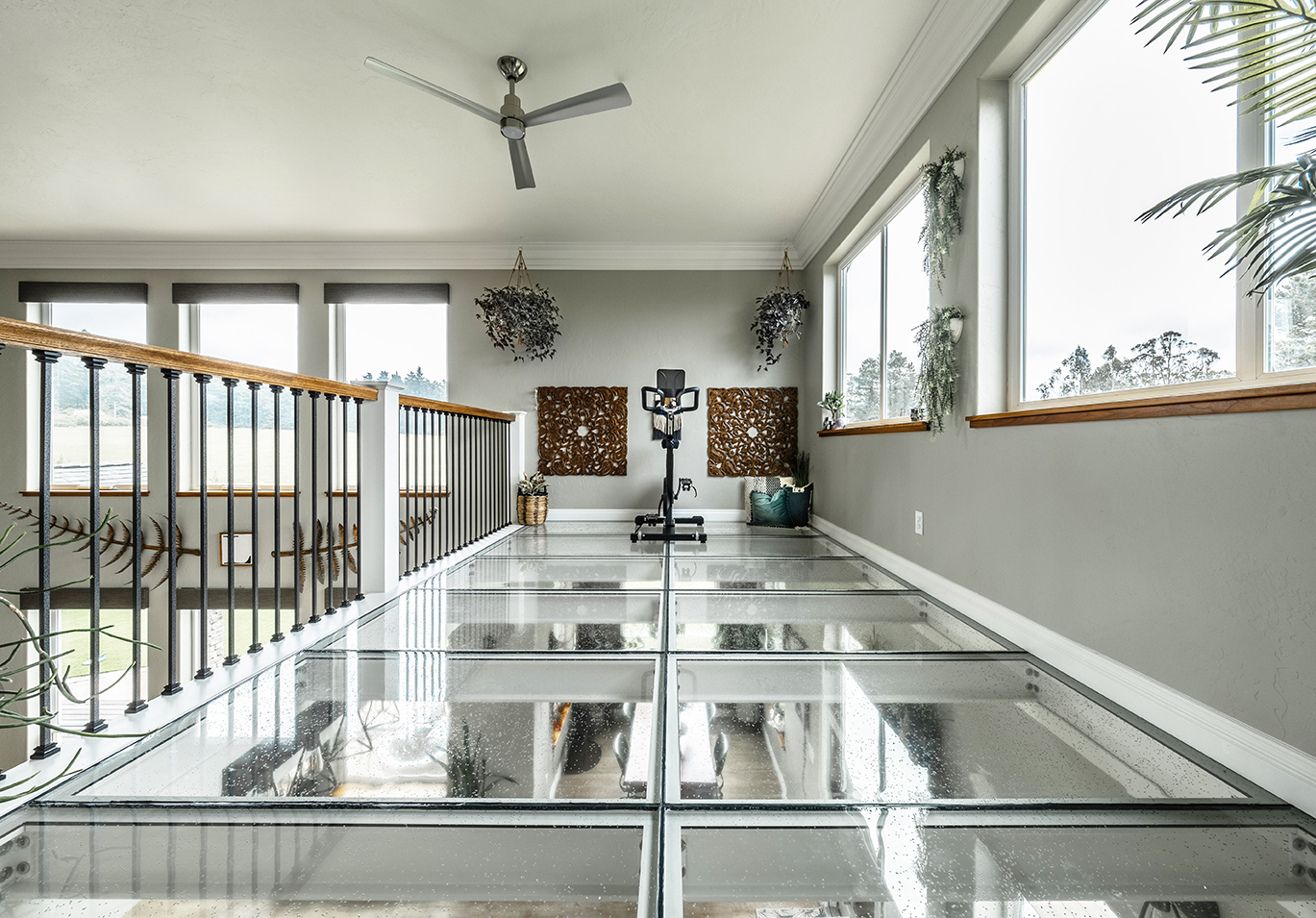
Glass installation has become a defining feature in many modern homes, offering both visual appeal and practical benefits. From sleek glass floors to expansive windows and railings, homeowners are incorporating various types of glass to elevate their residential projects. Understanding the cost factors behind glass installation helps residential general contractors and homeowners plan effectively and stay within budget.
The Influence of Glass Types on Cost
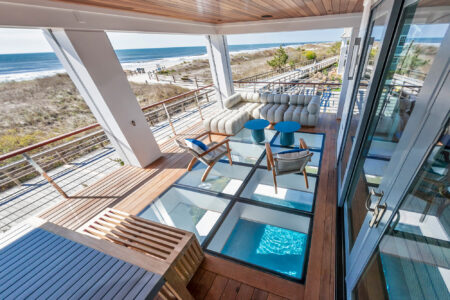
When it comes to architectural glass, not all types of glass are created equal. At Glass Flooring Systems, we use only the finest raw materials to manufacture our triple-laminated, tempered, low-iron glass. This premium construction offers exceptional clarity, strength, and durability. With more texture options than any other provider in the industry, our products deliver both performance and design flexibility. Clients aren’t just choosing glass—they’re investing in the highest quality solutions available.
Customization and Design Complexity
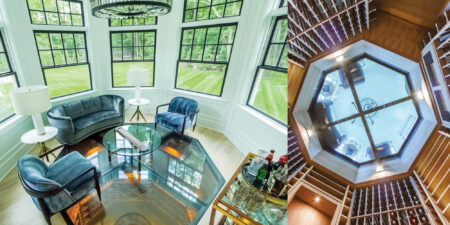
Residential projects often involve unique designs, and customization is a significant cost driver. Custom sizes, shapes, and finishes require additional labor and specialized production techniques, increasing overall expenses. Projects that incorporate glass floors, staircases, or curved glass panels require precision engineering and skilled installation teams. The more complex the design, the more resources it demands, which contractors should factor into their cost analysis.
Permitting, Safety Standards, and Building Codes
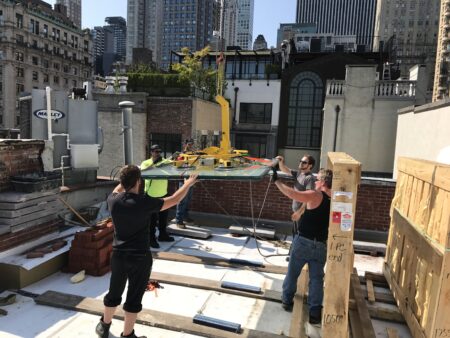
Glass installations in residential projects must meet strict safety and building codes. These standards impact the choice of materials and installation methods, especially for load-bearing applications like glass floors or railings. Contractors should factor in permitting fees, code compliance costs, and potential engineering reviews when developing a project budget. These steps protect the integrity of the installation and the safety of future occupants. Our ICC- and NFRC-approved products help streamline the permitting process, saving contractors valuable time and reducing associated costs. By meeting nationally recognized standards, our systems support safer installations and smoother project execution.
Long-Term Value and Maintenance Considerations
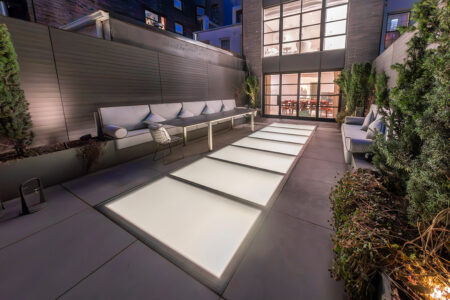
While glass installation might come with a higher upfront cost, it offers long-term value. Glass features are durable, low-maintenance, and add timeless appeal to residential spaces. When properly installed, glass components resist wear and environmental damage, making them a sound investment. Residential general contractors should help homeowners weigh initial costs against the added value and longevity of glass features.
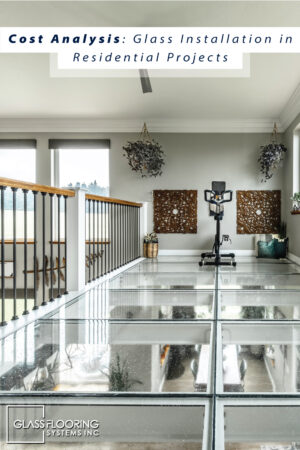
Glass installation can transform residential projects with modern aesthetics and functional elegance. By understanding the materials, customization options, labor requirements, and regulatory factors, residential general contractors can provide accurate cost estimates and deliver high-quality results. When you’re searching for materials for your projects, come to Glass Flooring Systems—we’re here to help!
.png)




